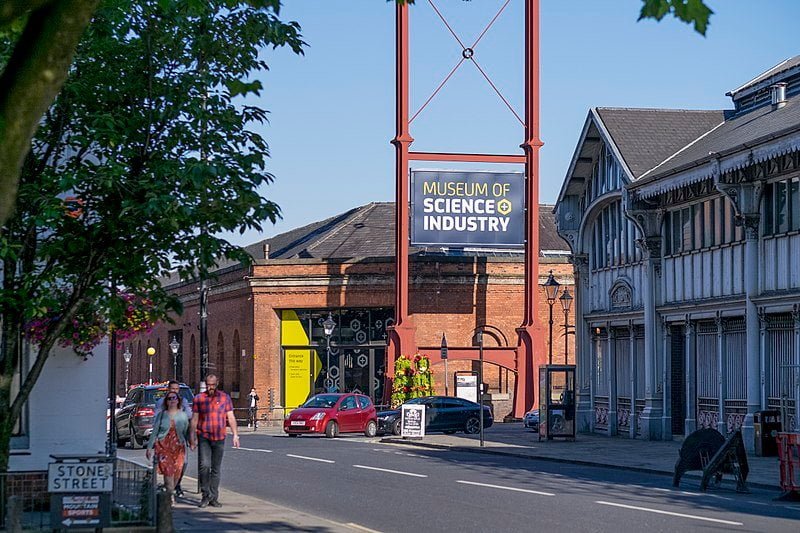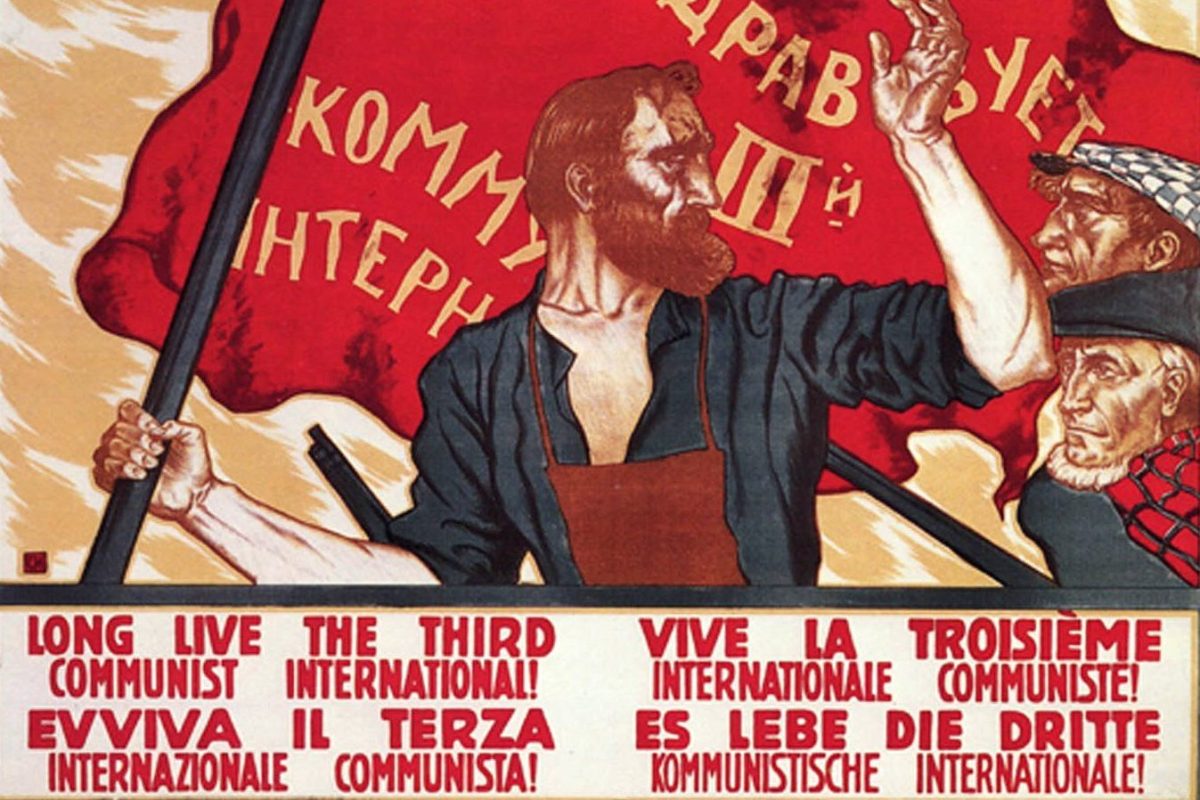At present New Labour is still trying to reduce public sector
workers’ standard of living by imposing below inflation pay settlements. The
Tories make it clear they would do the same. More and more private sector
bosses are also declaring they will not be able to afford a wage rise next
year.
Why do the ruling class launch attack after on the living standards
of the working class? Marxists know that is because they have to. If the
capitalist system could grow continuously, then it could provide higher living
standards for both workers and capitalists, and the class struggle could be
ameliorated. It is because capitalism is plunged into crisis from time to time,
so that the level of output actually falls, that either the working class or
the boss class has to take a cut. The capitalist class are determined that it
will not be them that suffers.
Keynesianism is the only serious economic theory that contends it
can do away with the tendency of capitalism to move from boom to bust by stimulating
the economy. If it could really perform that miracle and eliminate the
contradictions of capitalism, then it could provide a sound platform for
reformism and ever-improving living standards for the mass of workers under
capitalism. If Keynesianism works, then reformism is practical politics.
The long post-War boom was for many years
seen as a vindication of Keynes’ ideas. For this reason Keynesianism became the
economic orthodoxy. It was enthusiastically adopted as an ideology by right
wing reformism after the Second World War during the period of the post-War
boom. It was the perfect excuse not to bother with the hard slog of organising
and preparing for the socialist transformation of society. Since this was the
golden age of the post-War boom, economists put two and two together – and made
five. They assumed stability and growth were caused by Keynesian policies.
In fact in Britain successive governments
were desperately trying to pay back the huge state debt they had built up
during the War. So far from putting demand into the economy they were taking it
out by running budget surpluses. The brute fact is that Keynesianism wasn’t the
saviour of the capitalist system. It still isn’t.
The severe world economic crisis of 1974 caused
a fundamental reassessment. Ever since the mid-1970s we have been told that
Keynesianism is dead and discredited. "We used to think that you could
spend your way out of a recession and increase employment by cutting taxes and
boosting government spending. I tell you in all candour that that option no
longer exists, and in so far as it ever did exist, it only worked on each
occasion since the war by injecting a bigger dose of inflation into the
economy, followed by a higher level of unemployment as the next step." This
was the speech that PM Jim Callaghan made to Labour Party Conference, which
heralded the end of Keynesian policies and the intellectual dominance of
monetarism for the next thirty years.
In the 1970s, first Labour under Callaghan, and then in the 1980s
the Tories carried the monetarist counter-revolution through. Governments
didn’t even try to stimulate the economy as unemployment rose. Monetarist
orthodoxy says that in a crisis the government should cut its coat according to
its cloth. It should cut wages and social spending. This was not just a dry
economic theory. It was a justification of class struggle by the bosses that
deliberately used mass unemployment to break down the power of the working
class. New Labour continued these policies of monetarism and neo-liberalism
that had become the new orthodoxy by the 1980s. This was part of a
counter-revolution in economic thought, a return to the pre-Keynesian
orthodoxy, central to which was a belief that the market was always right.
Monetarism has in its turn now become discredited and, in the
extremity of the present crisis, governments all over the world have reached
out again for Keynesian remedies. So does Keynesianism work? Gordon Brown and
his government seem to have had a dramatic a conversion to Keynesianism as
happened to Paul when he fell off his horse on the road to Damascus. They
believe the state can spend its way out of crisis. Can it?
The mechanics of Keynesianism rely on two
policy instruments available to influence the level of activity in the economy
– monetary policy and fiscal policy, juggling with the level of government
taxation and spending.
These days monetary policy is conducted by
manipulating the rate of interest. Cutting interest rates should make it easier
for people to borrow and increase spending that way. Raising rates will tend to
hold the economy back.
Changes in fiscal and monetary policy only
work through to the economy after a lag, according to economic commentators.
Whether they work at all is a moot point. As the reader will have realised, this
economic model assumes a simple mechanical relationship between making it
cheaper to borrow and spend, and people going out and spending it.
We see at present that the Bank of
England’s drastic interest rate cuts are not holding recession off. You can
take a horse to water, but you can’t necessarily make it drink. In recessionary
conditions, people become cautious and are inclined to hang on to their money.
That, of course, makes the crisis worse.
The American Fed has already slashed rates
so that they effectively negative (taking account of inflation) in the USA. Now
when rates are already very low, how can further cuts be expected to have much
of an effect? As Keynes said, ‘You can pull on a piece of string, but how can
you push on a piece of string?’ It seems he was right.
Fiscal policy attempts to adjust the level
of spending (‘aggregate demand’) throughout the economy by changing the level
of government taxing and spending. The government can run a surplus, getting
more than it spends, or a deficit, spending more than it receives. If it is in
deficit, it usually covers the difference by borrowing. It sells government
bonds to rich people.
Keynes argued that a fiscal boost was
necessary in addition to a loose monetary policy to get the economy going. What
was needed was for somebody to go out and spend money in order to mop up the
unsold stocks and get the factories working again.
The only big spender in town that could
possibly do that was the state. Where would the money come from? There wouldn’t
be much point taxing people. That just transfers spending power from private
pockets to the government. (This is what the Tories are arguing for. They
oppose ‘unfunded’ cuts in tax.)
So Keynes proposed the government should
spend money it hadn’t got. We’ve all done this at one time or another – it’s
called borrowing. Keynes and his disciples made the point that in a crisis
people and material resources are both lying around unused and yet people
complain that ‘we’re too poor’ to have the things we want and need. This is
indeed the paradox of poverty in the midst of plenty that is a feature of
capitalism often pointed out by socialists.
If the government is spending more than it
gets, this is supposed to stimulate the economy by increasingly total spending.
The government can stimulate the economy by spending it on public works, by
spending more than usual. Or it can cut taxes, again without cutting spending,
– like the VAT cut in the recent Pre-Budget Report – so that it runs a deficit.
Keynes’ critique of the economic orthodoxy of his day was
illuminating, which doesn’t mean that his own policies work. Rather than the
government deciding the level of government spending, Keynes realised that it
is the economic cycle that determines whether the government is in surplus or
in the red. In the 1930s the Tories were cutting government spending, but that
didn’t balance the budget. Why? When the economy is booming, most people are in
a job and the tax revenues roll in. When recession bites, the Treasury loses
tax takings and has to spend more on unemployment benefit and social security. We
see now that Keynes was right. As the economy lurches into recession, a
stonking great deficit has opened up in the government’s budget. By the end of
2009 the government debt is likely to be £1trn and the budget deficit £120bn.
The problem of capitalism in crisis is not
just a matter of inadequate demand – of markets. It’s a problem of profitable
markets. Putting money in workers’ pockets may create a market for capitalists
but it doesn’t give them any incentive to put their money into production. On
the other side, boosting profits must necessarily be at the expense of workers’
living standards somewhere along the line. Deficit financing doesn’t do away
with the class struggle.
The dilemma of any individual capitalist is
that they want to pay their own workforce as little as possible to maximise
profits; but they want every other capitalist to pay their workers as much as
possible so they will act as a market for the goods. The problem of capitalism
in crisis is that any attempt to boost profits hits the workers as a market for
capitalist commodities; any attempt at boosting markets by upping wages or the
social wage is seen as a threat to profits.
The fiscal boost provided by the pre-budget
report is supposed to be £20bn (1% of GDP is about £15bn). Is that enough?
Probably not, and a small cut in VAT may not be much of a stimulus when stores
are cutting prices left and right. But commentators say that more than that would
cause the markets to panic. This means that capitalists will cast a veto on a
fiscal boost sufficient to get British capitalism out of the mess it’s in.
Keynesianism can’t cut across the class
struggle. For that reason it can’t solve the problems of the capitalist system.






